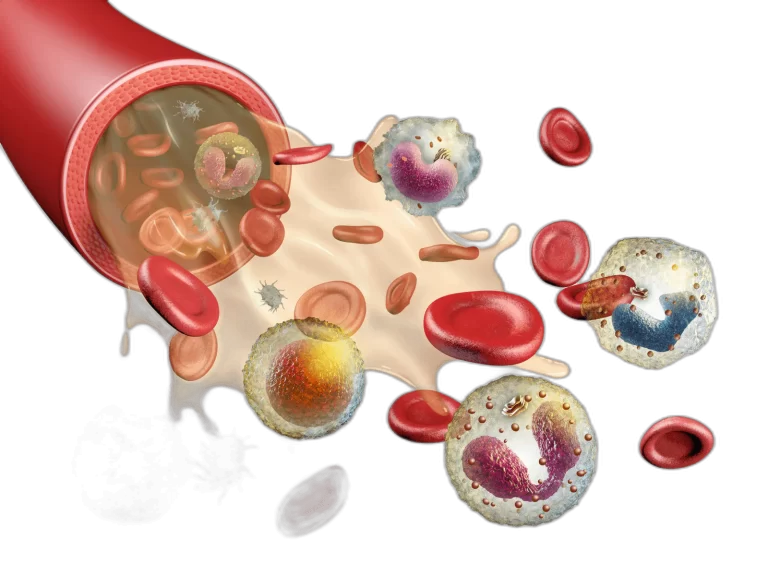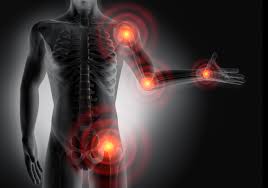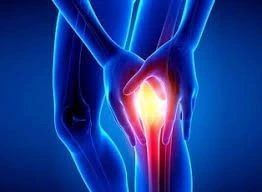Posterior Drawer Test
What is a Posterior Drawer Test? The Posterior Drawer Test is part of a routine knee examination. When a health care provider examines the knee, he or she examines the joint, tests ligaments and mobility, identifies swelling, and makes abnormalities to identify specific manipulations. A PCL tear usually occurs as a result of a fall…










